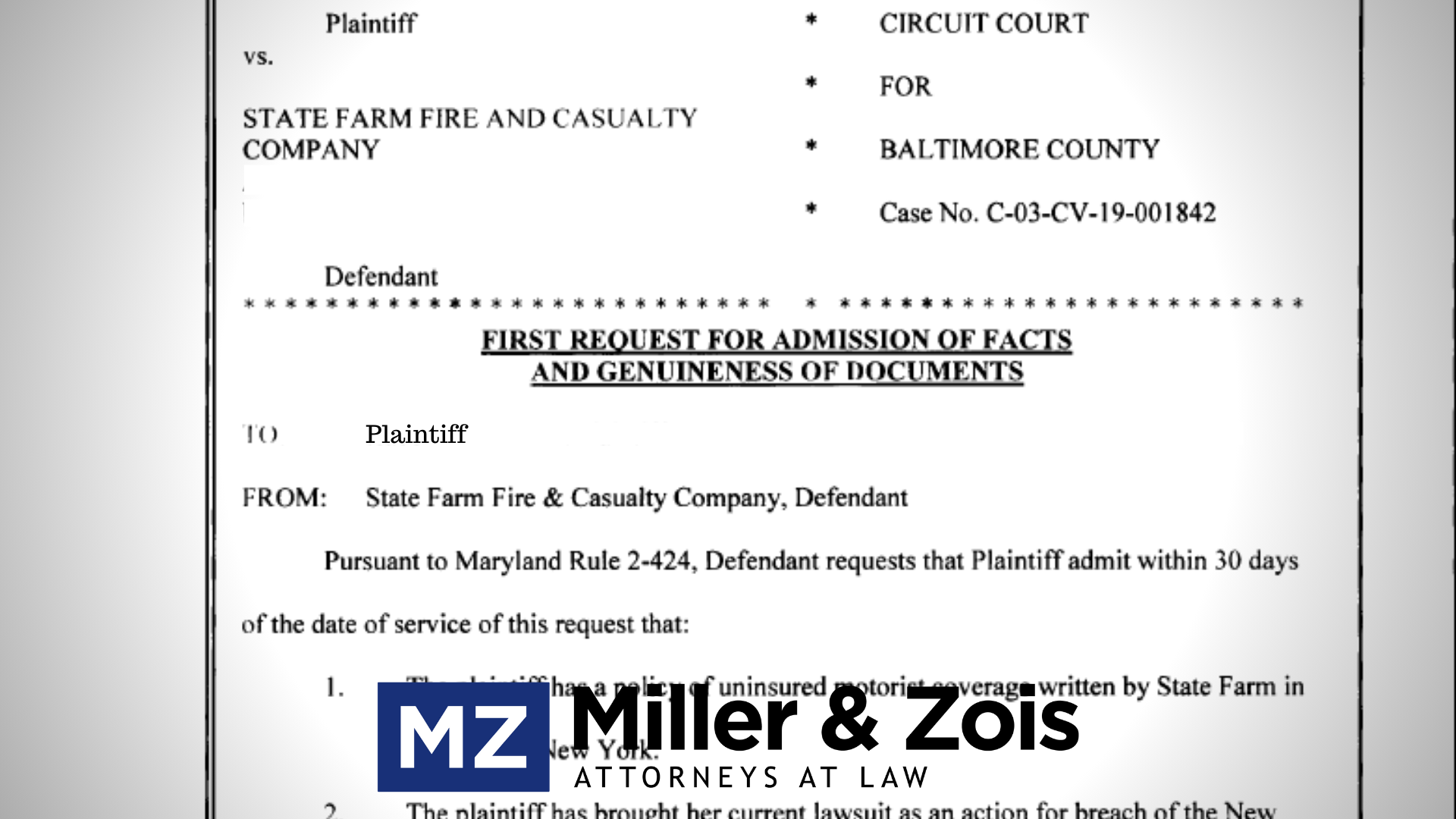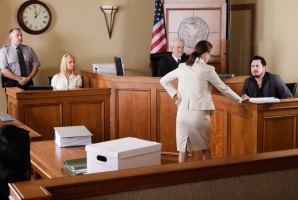I have written in the past that a trucking accident case is much more than an auto accident case with a bigger vehicle involved. Lawyers representing people injured in trucking accidents need to consider the different agency relationships that may be involved between the driver, owner/lessor/lessee of the vehicle, as well as the causes of action and/or insurance issues that arise out of those relationships.
Another difference is that trucks are perceived to be more dangerous on the road than standard automobiles. They are bigger and heavier, have more and bigger “blind spots”, and are operated by drivers who may have fatigue issues from spending hours and hours in the driver’s seat. Most drivers/jurors have had at least one terrifying personal experience out on the road as a result of an encounter with a big rig.
In fact, I nearly had one take me out on my way to work this morning. In rush hour traffic on I-695, the truck was weaving in and out of traffic (always a great idea) and came into my lane without checking to see if it was safe. Because I was on the driver’s side, this can only mean that the driver never checked his mirror before coming over. We’ve all seen those signs on trucks that say “if you can’t see my mirrors, I can’t see you.” Well, I could see this guy’s mirrors, which makes me think he would have seen me if he had looked. Thankfully, I was able to avoid a collision, but I am confident the driver had no idea I was there until he heard my horn.





 The preparation for using video is basically the same. Actually, it may be even more important. If you have a malfunction in
The preparation for using video is basically the same. Actually, it may be even more important. If you have a malfunction in  I often use PowerPoint at trial. It’s more visually impressive than a foam-board blow-up, and I like being able to use the remote to click on images as I speak. I also use video a lot because often it is the only realistic way to present expert medical testimony. Many doctors are unwilling to close down their practice for an afternoon to appear live at trial, and for many cases, the fee they would charge to come live is outside the budget for the case. This leaves only Plan B, which is a de bene esse video deposition to be played at trial.
I often use PowerPoint at trial. It’s more visually impressive than a foam-board blow-up, and I like being able to use the remote to click on images as I speak. I also use video a lot because often it is the only realistic way to present expert medical testimony. Many doctors are unwilling to close down their practice for an afternoon to appear live at trial, and for many cases, the fee they would charge to come live is outside the budget for the case. This leaves only Plan B, which is a de bene esse video deposition to be played at trial.